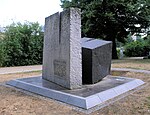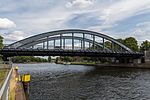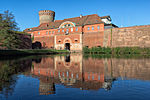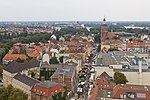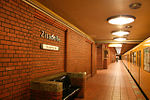St. Marien am Behnitz
1840s architecture1848 establishments in Prussia19th-century Roman Catholic church buildings in GermanyGothic Revival church buildings in GermanyRoman Catholic churches completed in 1848 ... and 1 more
Roman Catholic churches in Berlin
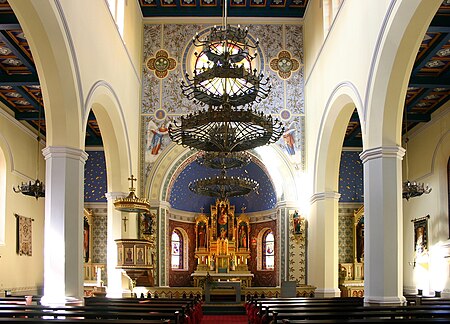
St. Marien am Behnitz is the second-oldest Catholic church in the area of Berlin, Germany, after St. Hedwig's Cathedral. It was built in Spandau on a design by August Soller, and consecrated in 1848. Restored in 2002–2003 by private owners, it is a registered monument, used mostly for musical and literary events.
Excerpt from the Wikipedia article St. Marien am Behnitz (License: CC BY-SA 3.0, Authors, Images).St. Marien am Behnitz
Behnitz, Berlin Spandau
Geographical coordinates (GPS) Address External links Nearby Places Show on map
Geographical coordinates (GPS)
| Latitude | Longitude |
|---|---|
| N 52.5391 ° | E 13.2079 ° |
Address
St. Marien am Behnitz
Behnitz 9
13597 Berlin, Spandau
Germany
Open on Google Maps


